Child Resistant Packaging
-
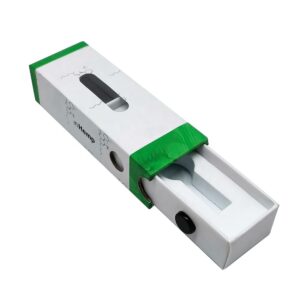
Paper Drawer Boxes Child Proof Box Packaging Custom Dealer
-
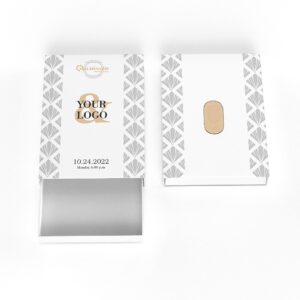
Child Proof Box Paper Drawer Boxes Packaging Custom Vendor
-
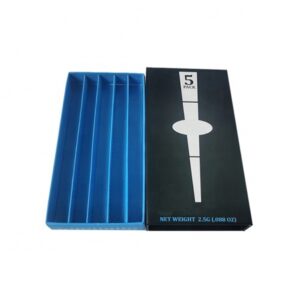
Drawer Paper Box Custom Packaging Child Proof Box Maker
-
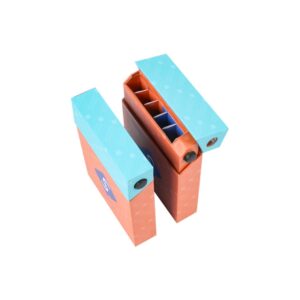
Child Proof Button Printed Box Packaging Boxes Exporter
-
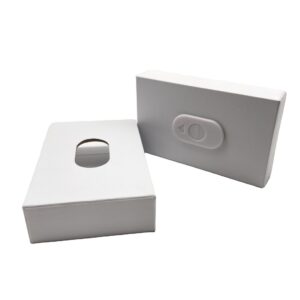
Custom Printing Child Resistant Packaging Box Manufacturers
-
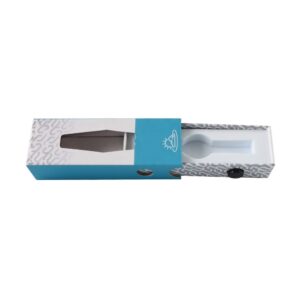
Custom Drawer Packaging Box Child-Proof Boxes Factories
-
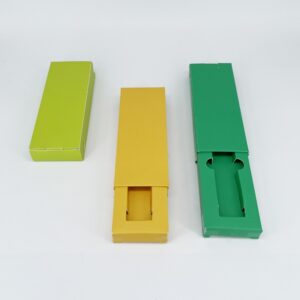
Recycled Paper Cbd Packaging Boxes Custom Print Box Make
-
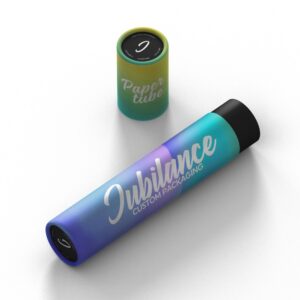
Child Proof Custom Boxes Paper Tube Packaging Exporter
-
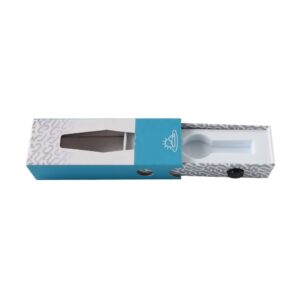
Customized Drawer Child Proof Paper Art Boxes Factories
-
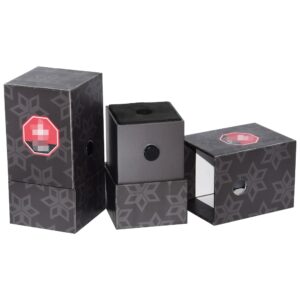
Custom Child Proof Rigid Packaging Boxes Manufacturing
-
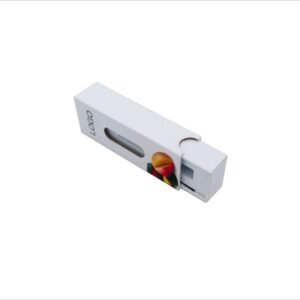
Custom Child Resistant Paper Packaging Boxes Wholesale
-
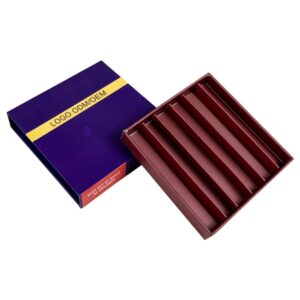
Custom Private Design Child Resistant Boxes Manufacturer
-
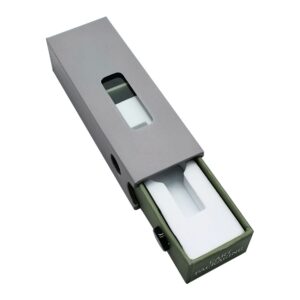
Custom Cardboard Child Proof Disposable Boxes Factories
-
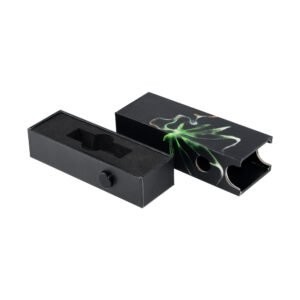
Custom Child Resistant Packaging Printing Box Factory
-
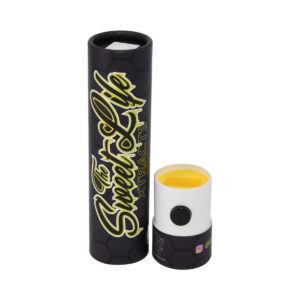
Scatola Tubo di Carta Resistente ai Bambini in Cartone Riciclabile
-
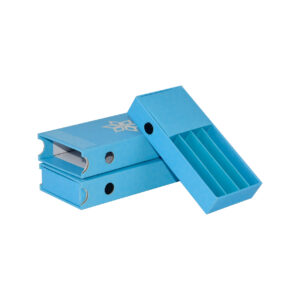
Astuccio per Packaging di Pre-Roll con Cassetto di Carta a Sicurezza per Bambini
